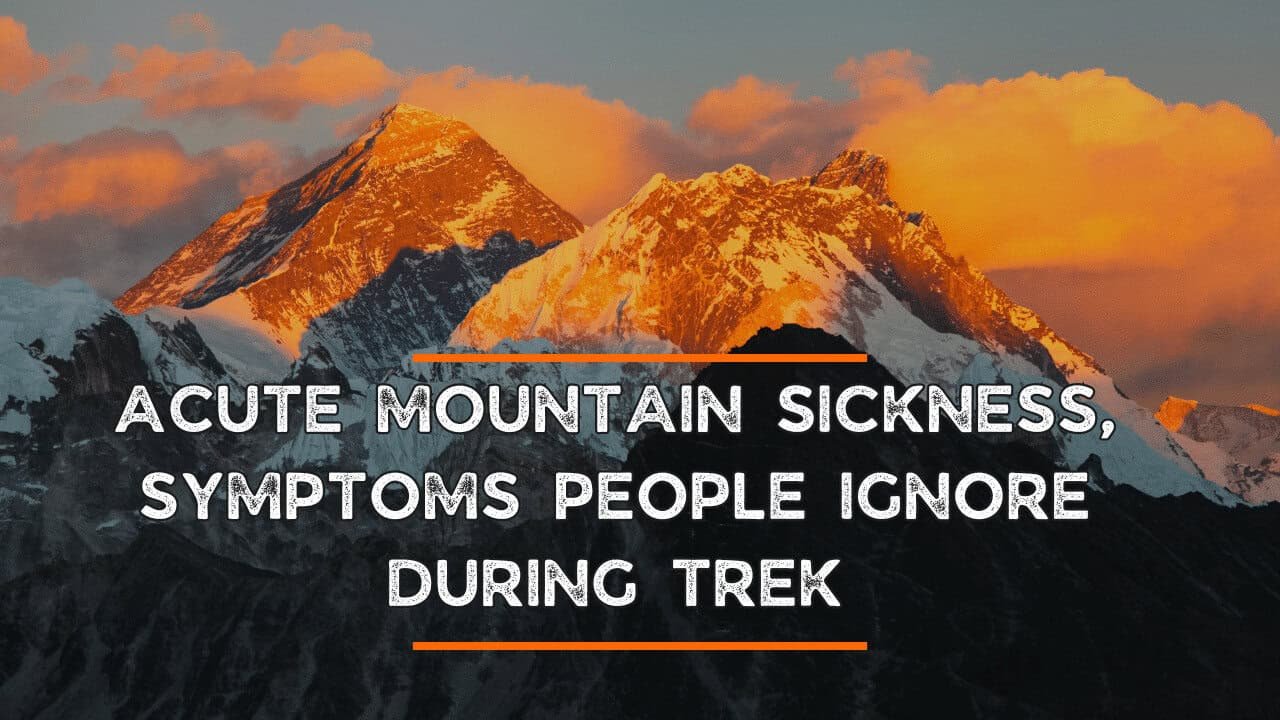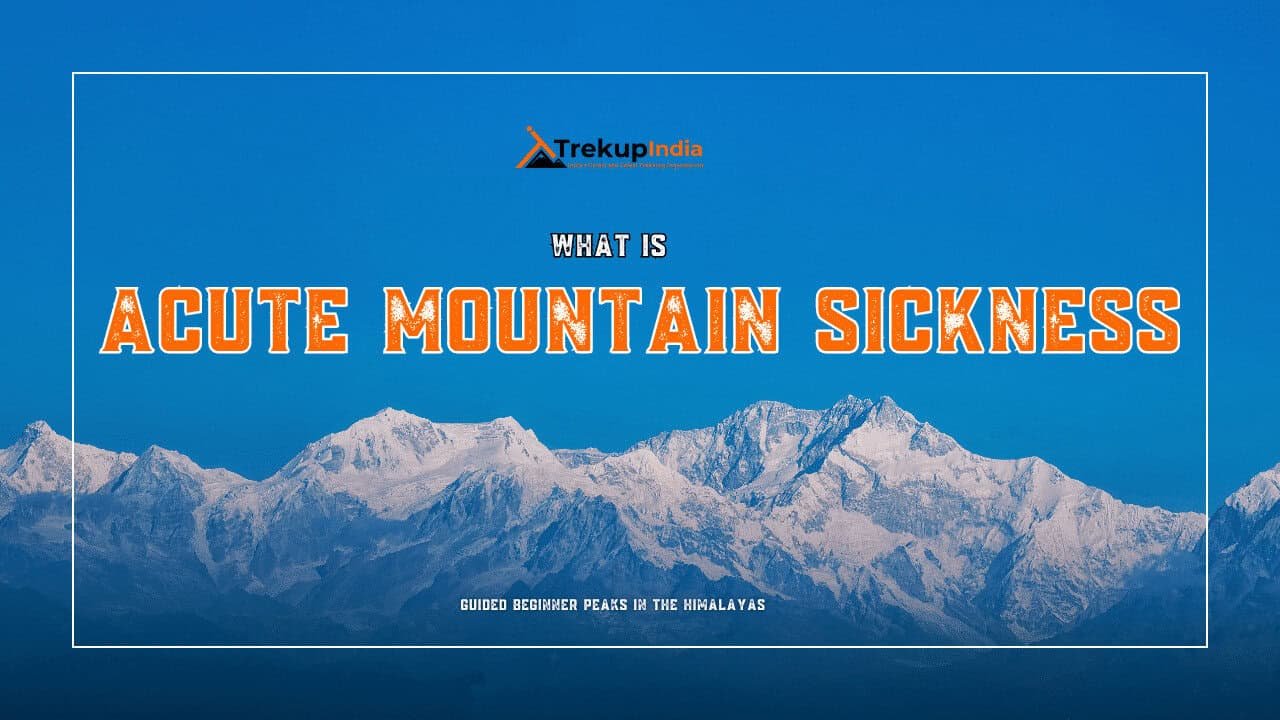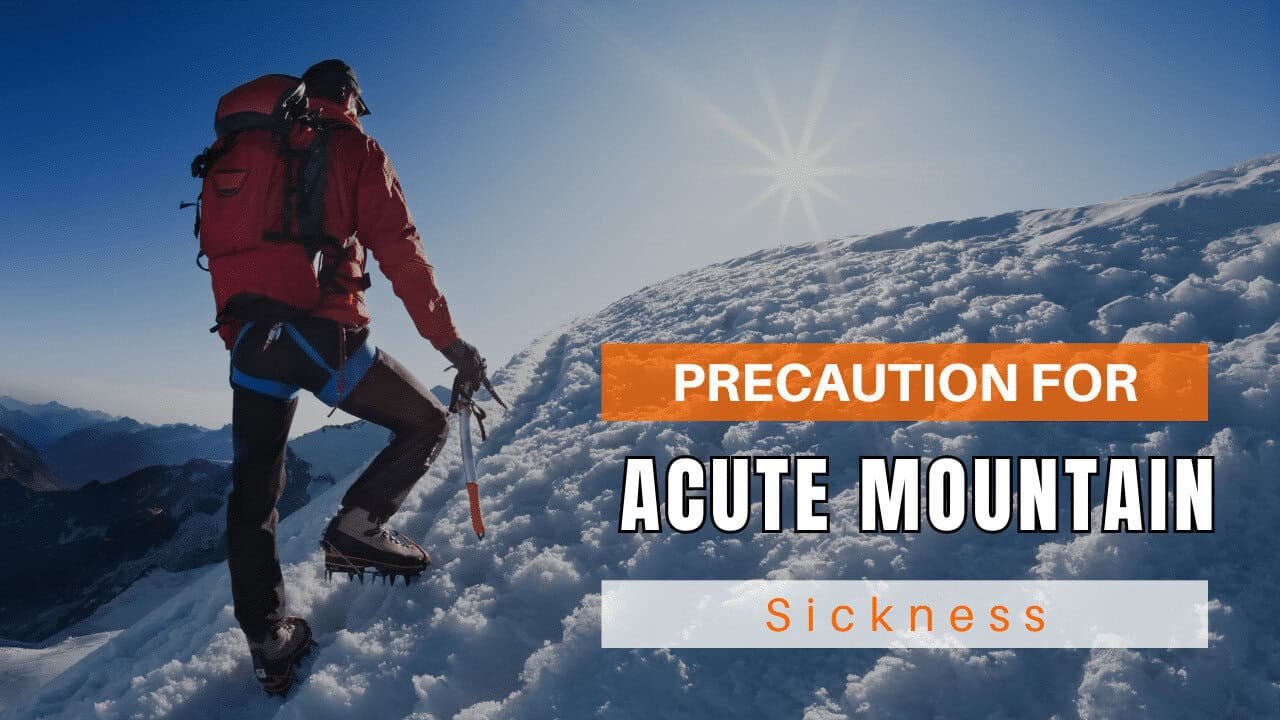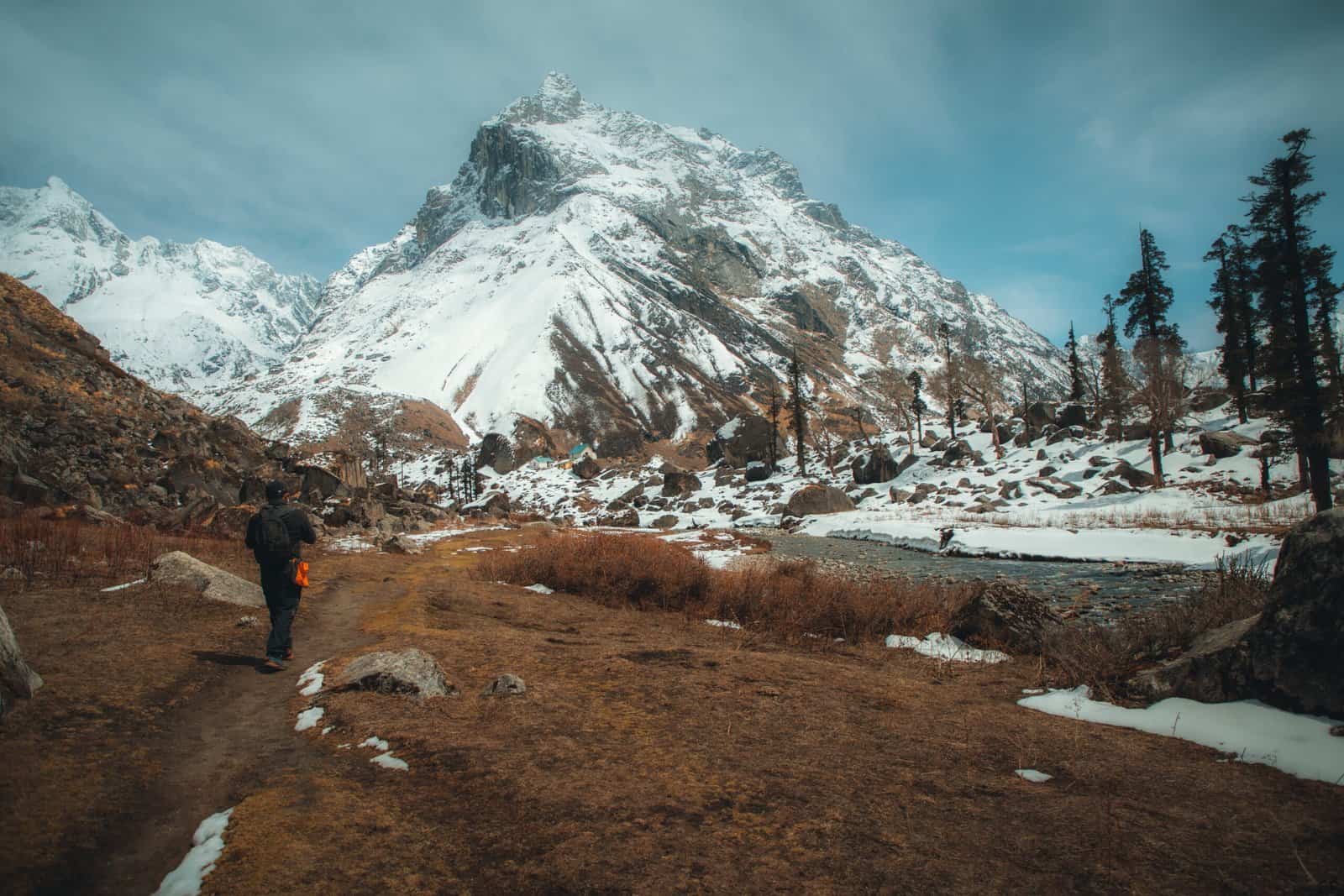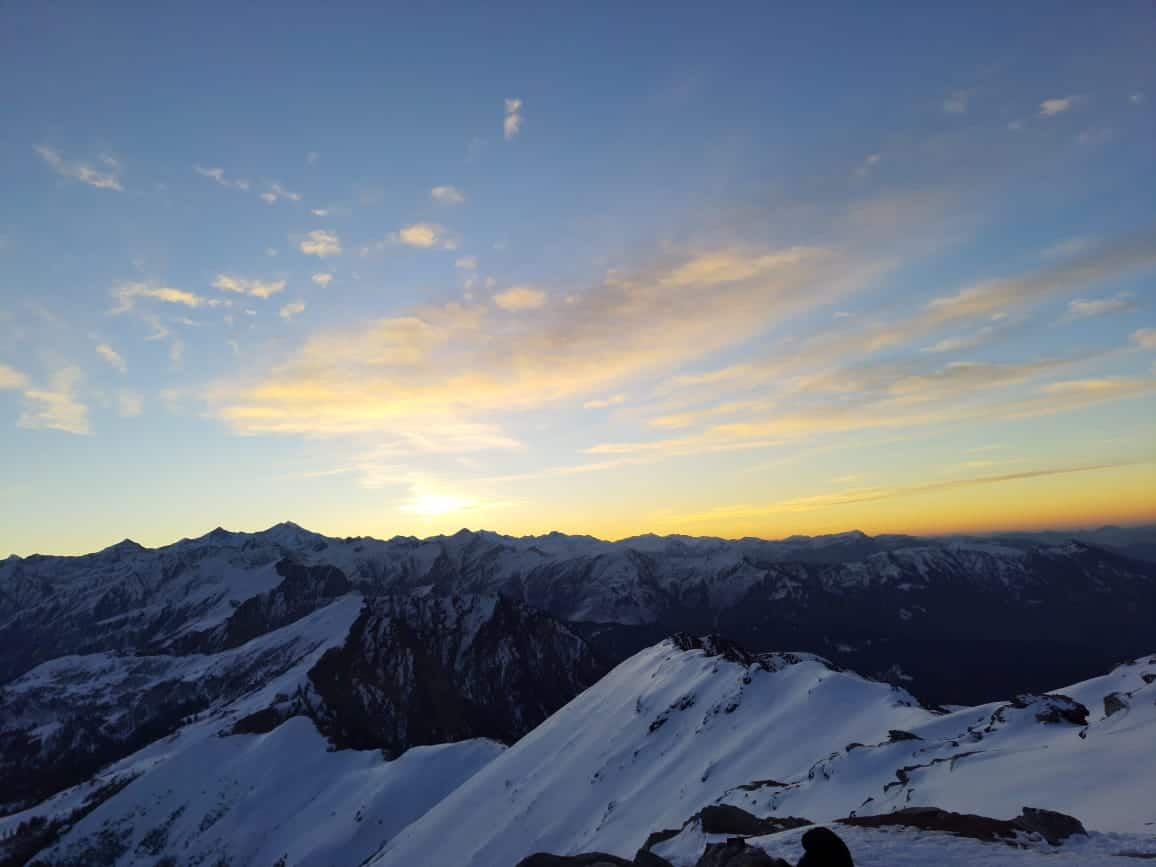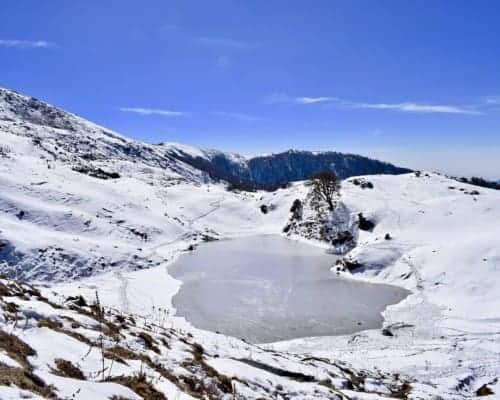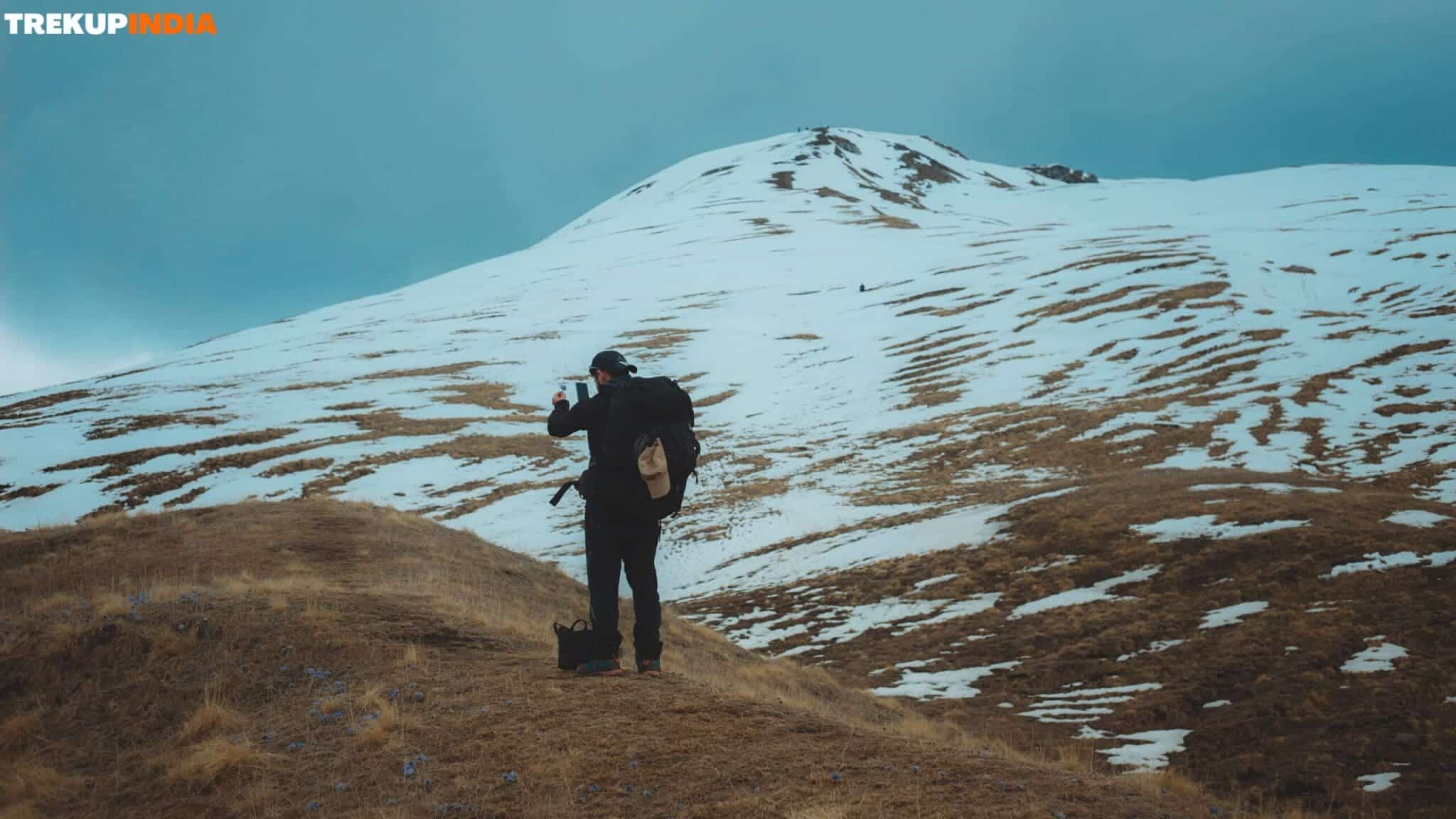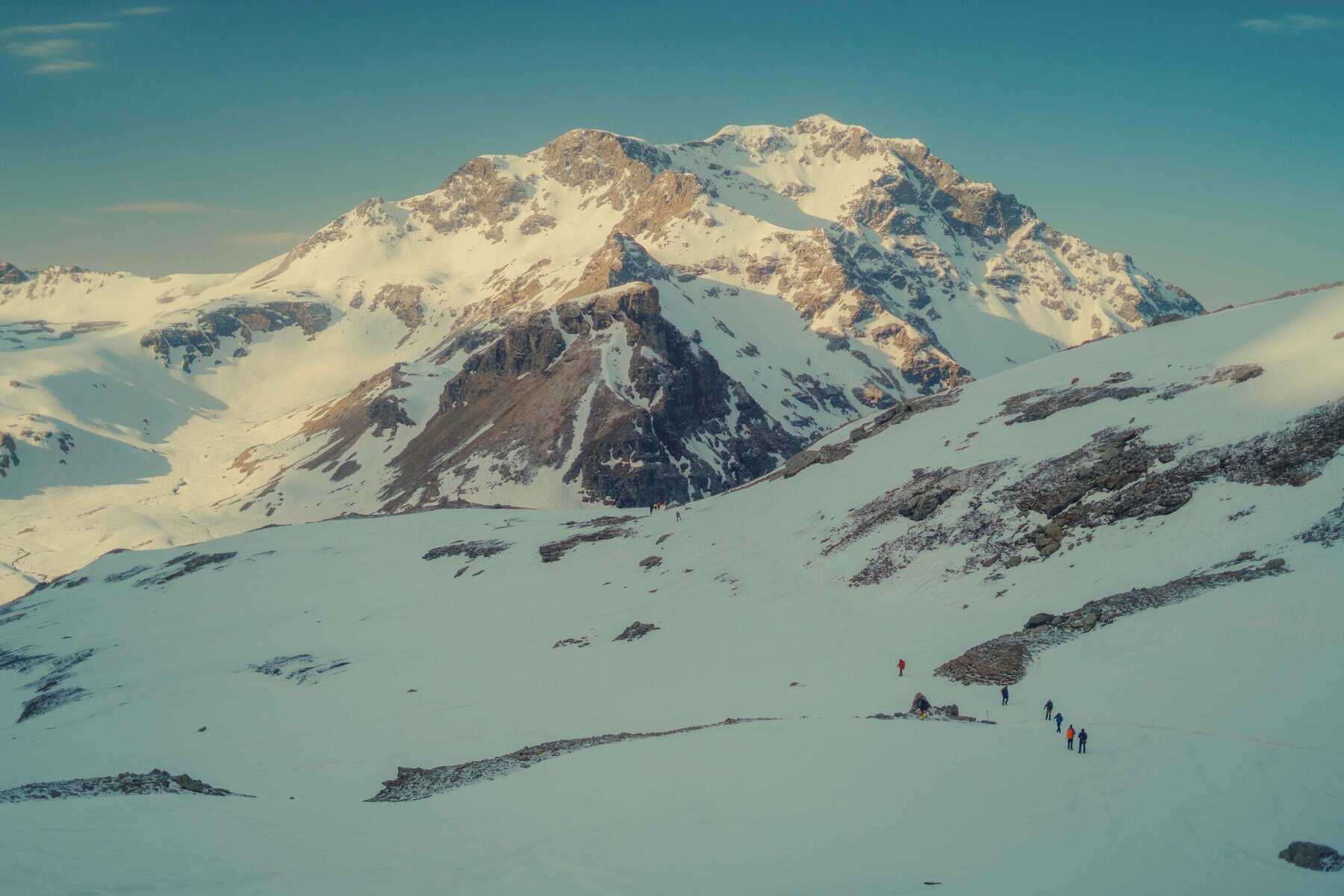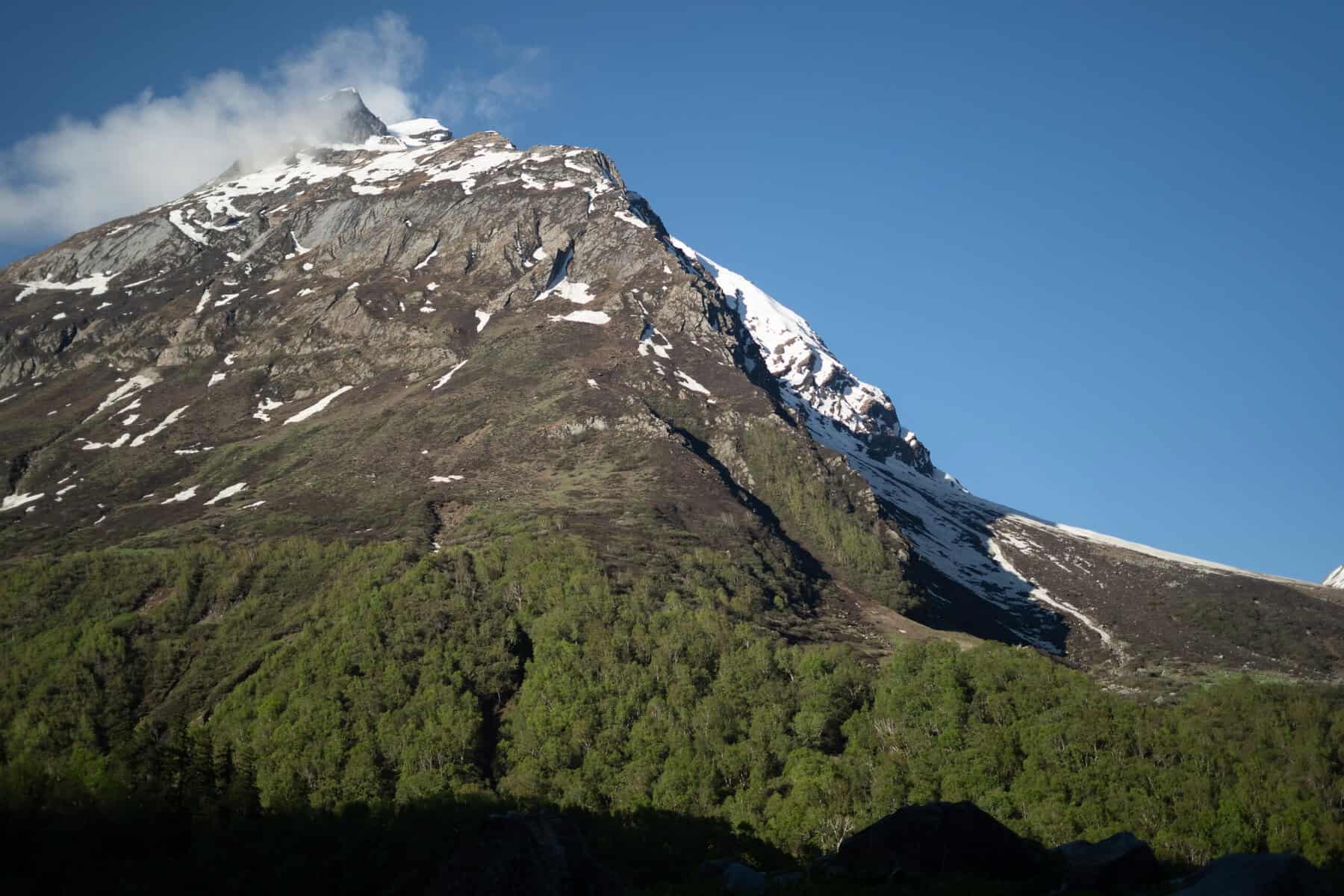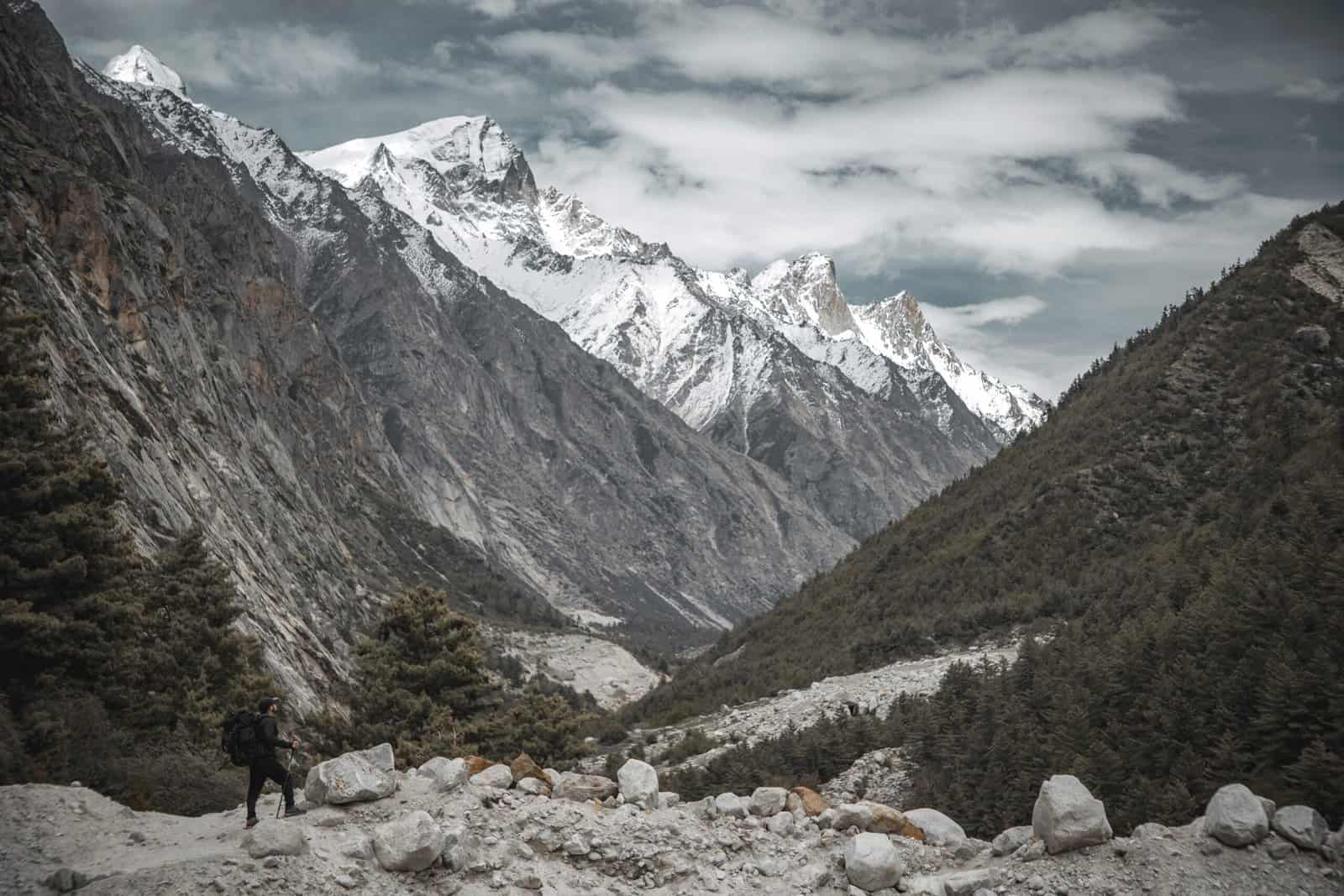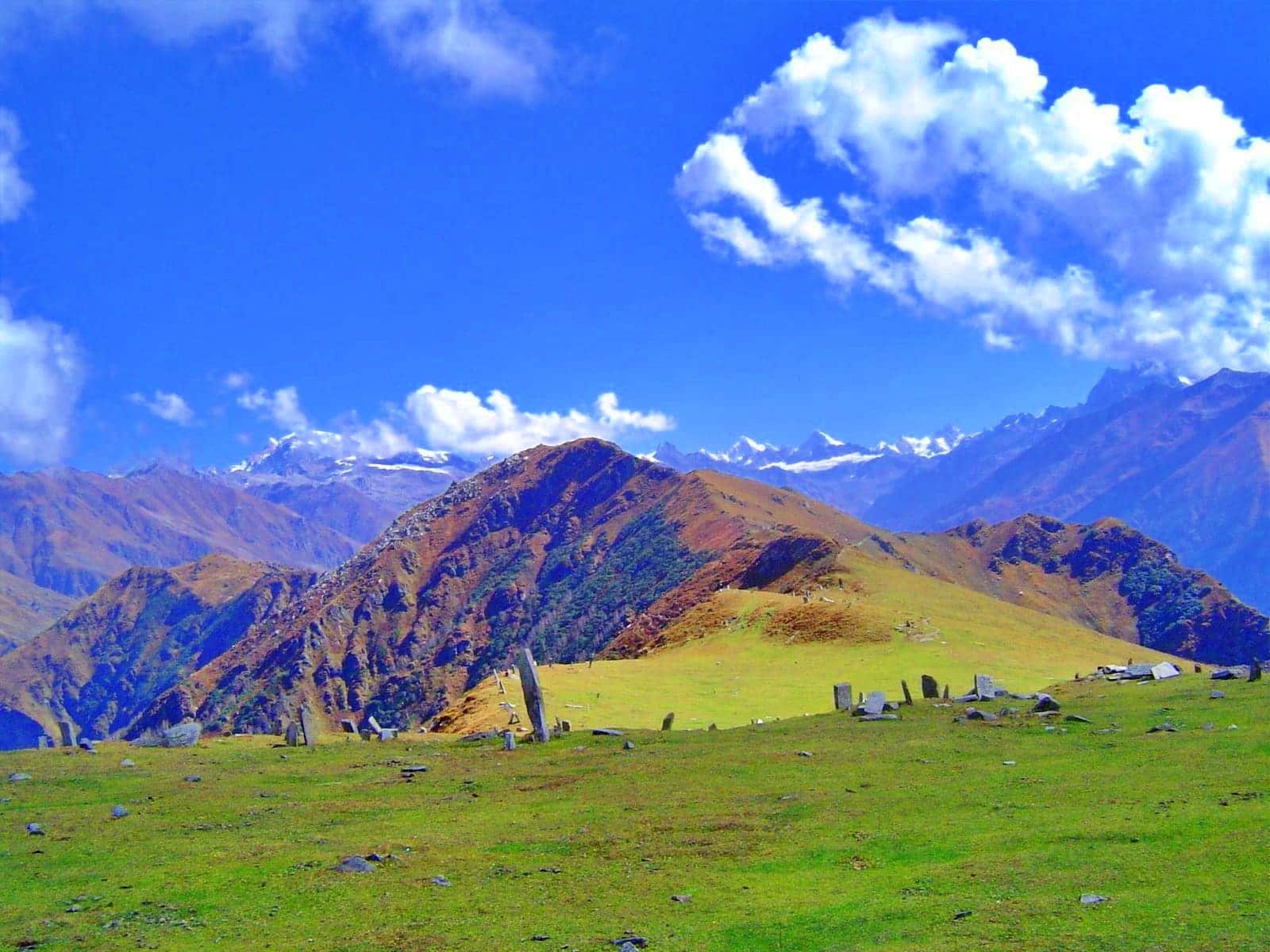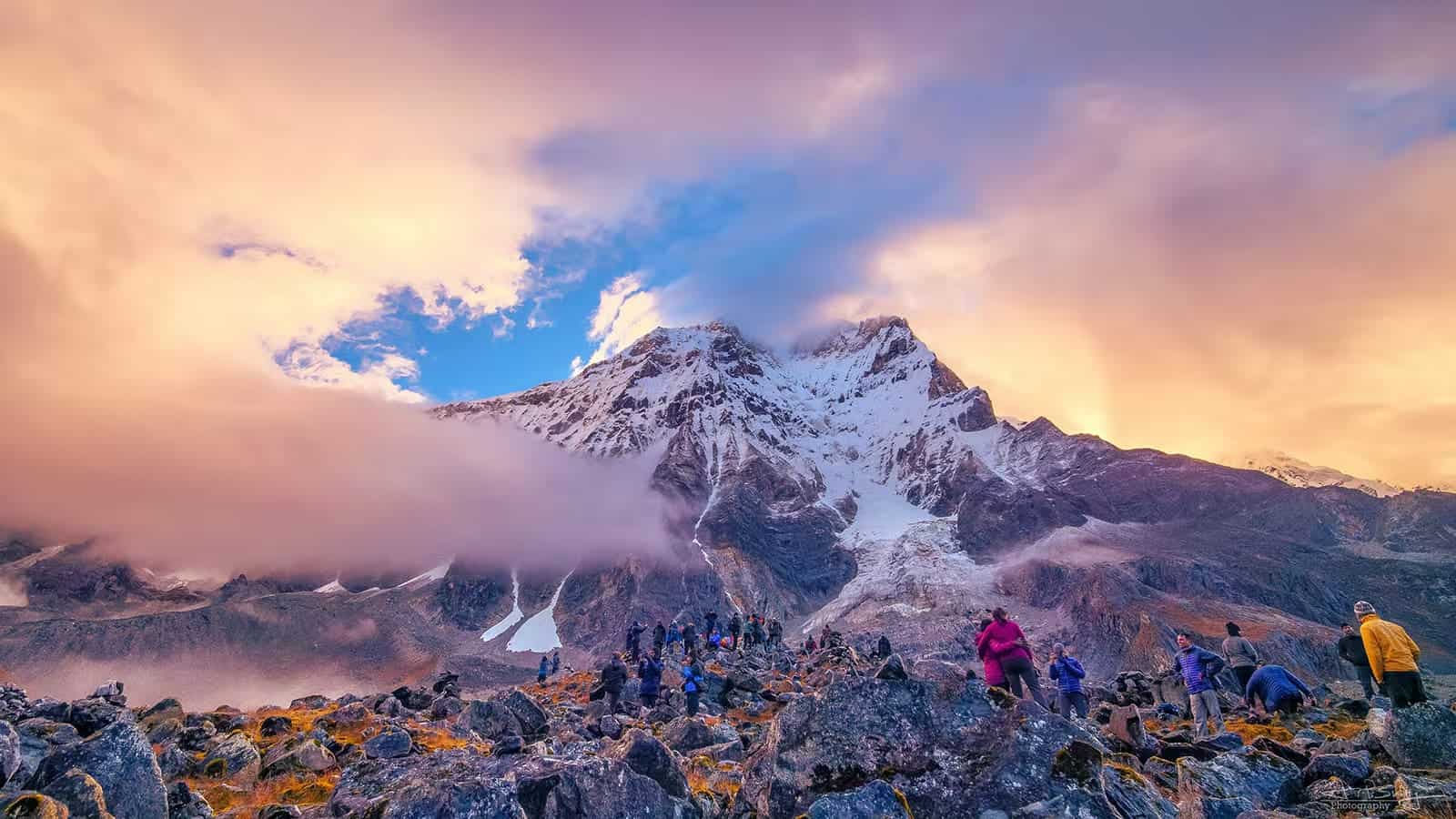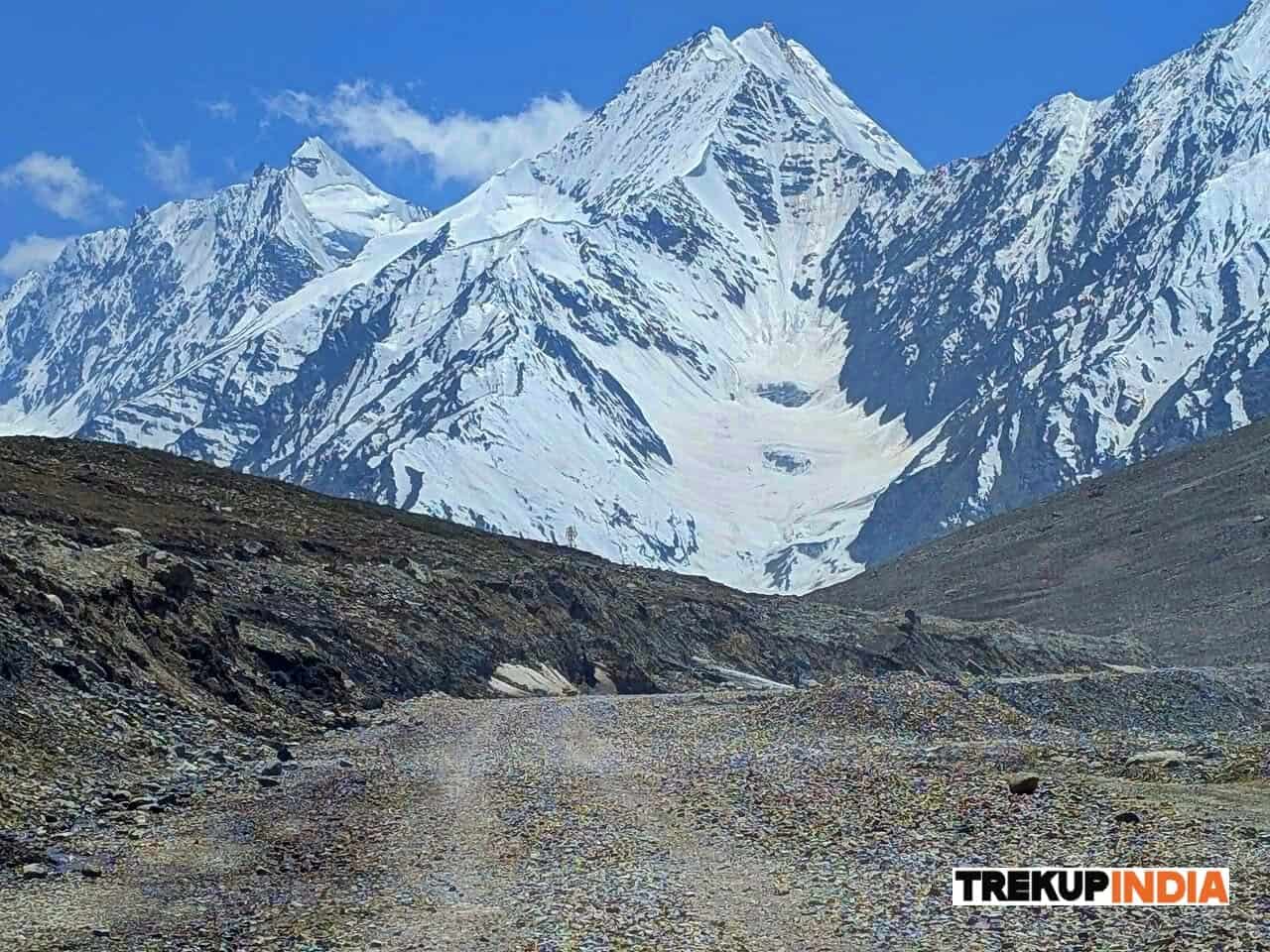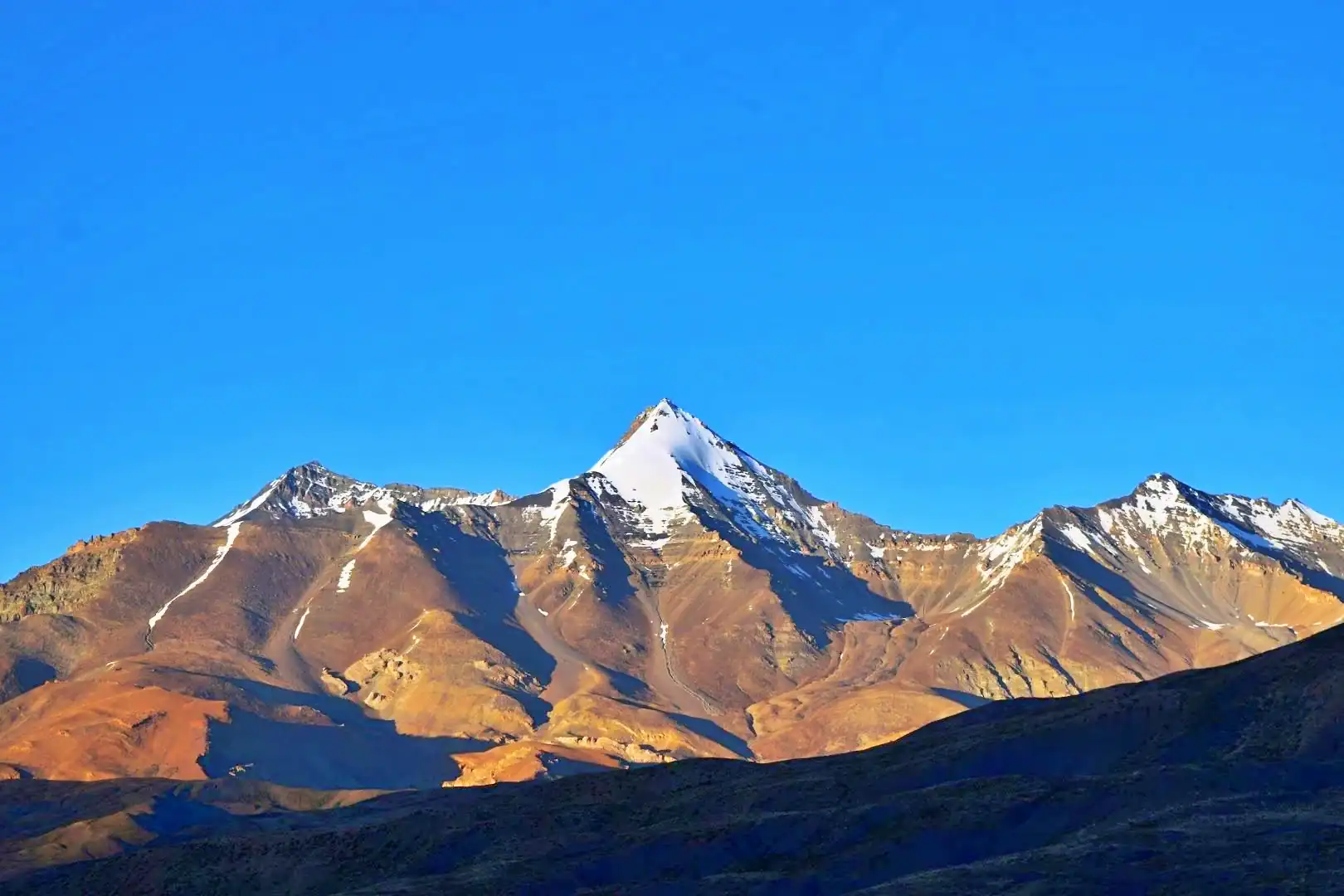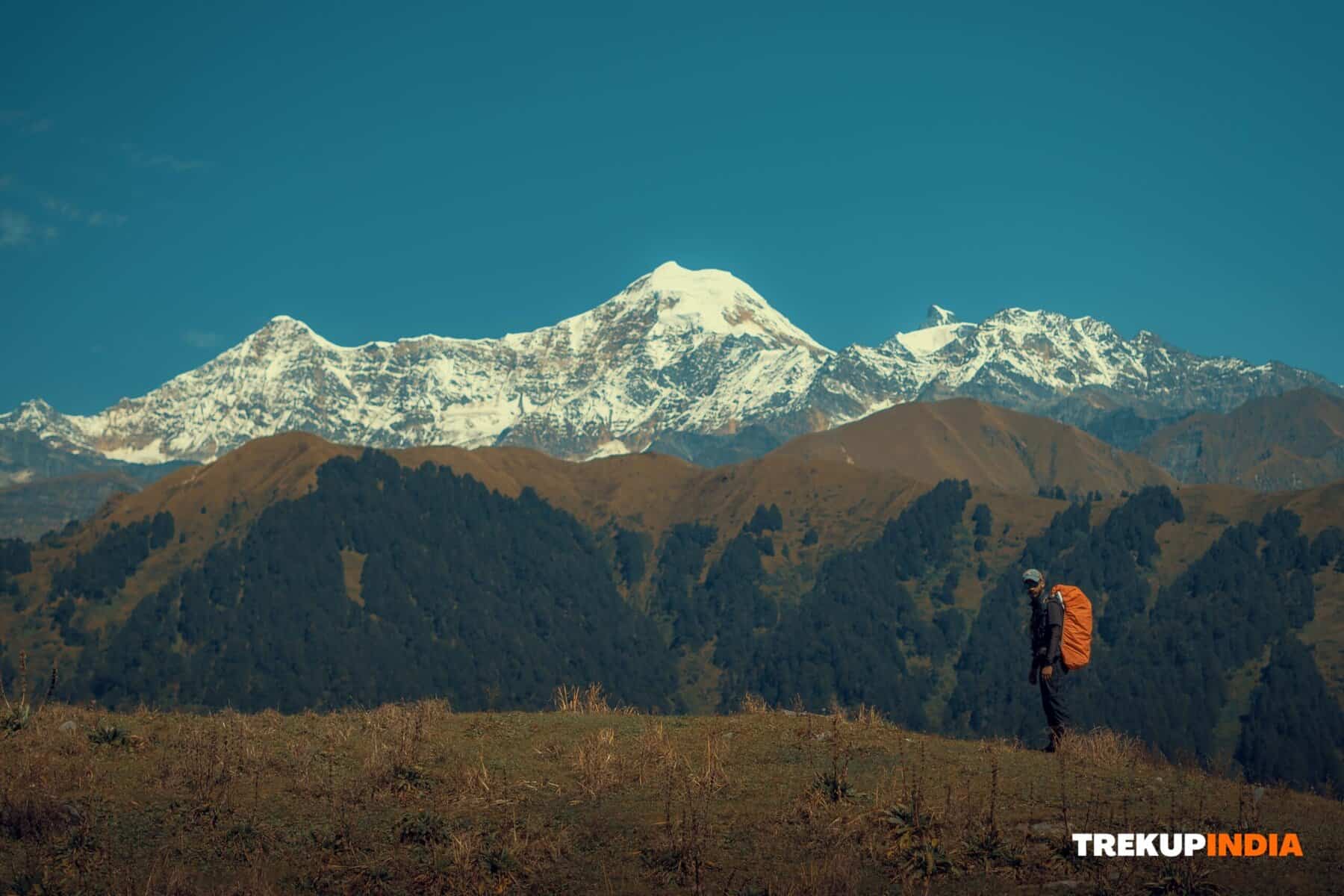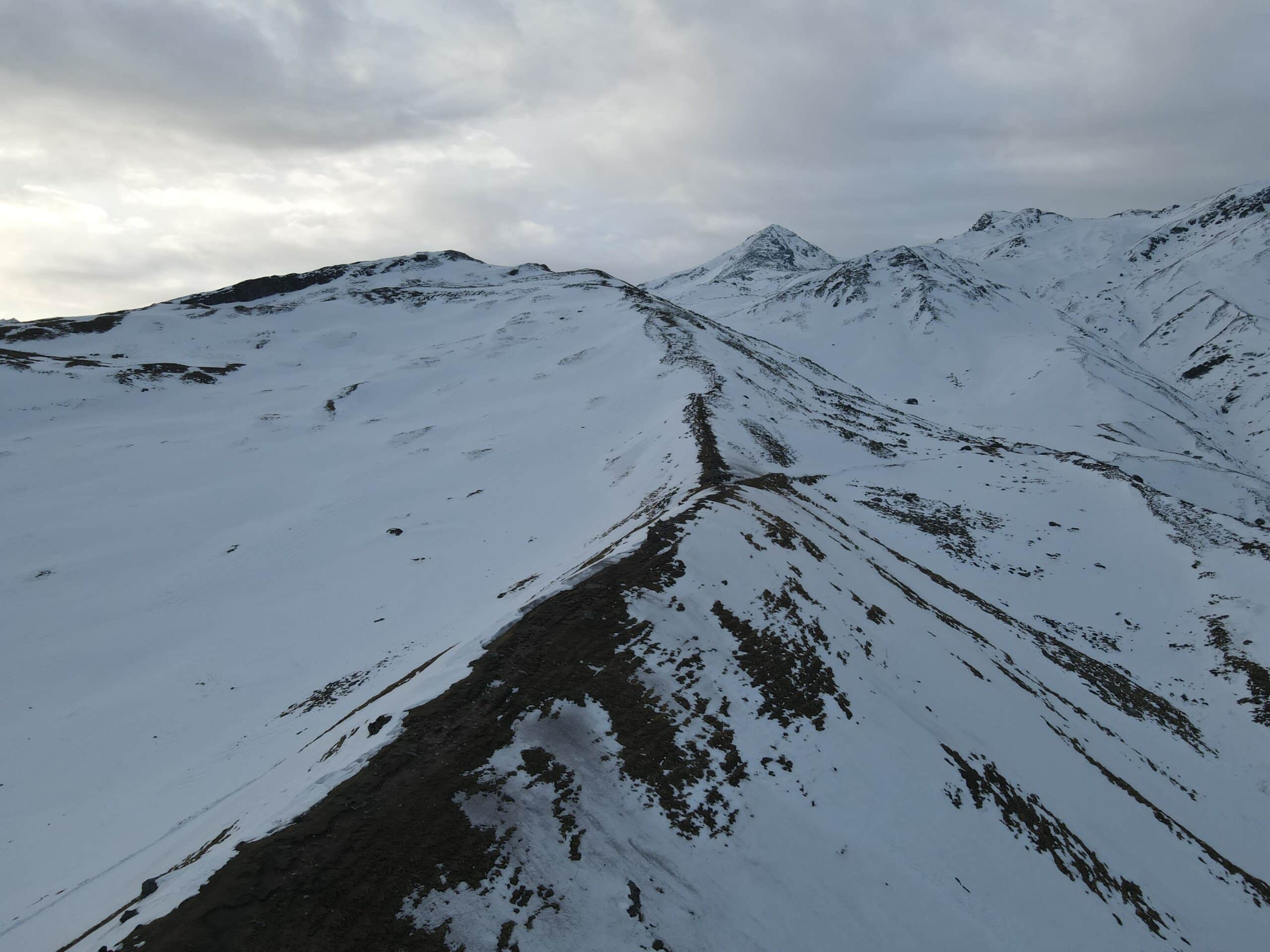Trekking Health Tips for Common Ailments
TrekUp India has seen some of its finest trekkers struggle with minor, yet annoying ailments on their treks. While they might not be life threatening, colds and stomach upsets could quickly reduce enthusiasm and enjoyment on a trek through harsh terrain like the India Himalayas. Being aware of these symptoms will allow you to recognize them quickly, avoid them when possible, and treat any ailments accordingly keeping you on your journey feeling positive about it all along the way.
1.Common Cold and Sore Throat
Temperature fluctuations, cold winds, and prolonged exposure to humid weather could leave trekkers susceptible to throat and cold illnesses. For prevention purposes, wear buffs or scarves on both your chest and neck for optimal comfort.
As soon as your clothing becomes wet, change immediately and ensure you remain dry.
Keep hydrated, as dry, cold air could lead to your throat becoming dry.
Management: For throat discomfort, lozenges may help. You could also try herbal tea sachets and gentle painkillers.
Drink hot beverages regularly and take breaks as often as possible.
Be mindful of sharing bottles of water or other utensils to prevent infection spread.
2. Upset Stomach (Diarrhoea or Indigestion)
Changes in diet or eating too much at once may lead to an upset stomach (diarrhoea or indigestion).
For prevention purposes, water purifiers, filters, or boiling can all help.
Eat freshly prepared meals and be wary of purchasing raw vegetables or unpeeled fruit from unknown sources.
Make sure that you use disposable spoons or cups to avoid cross contamination.
Rehydrate with electrolyte solutions to restore fluid levels.
Start eating bland, easy to digest food such as rice, khichdi, or even soup.
Make sure to pack antidiarrheal medication and inform the trek guide if you experience persistent diarrhoea symptoms.
3. Muscle Strain and Soreness
Long hours spent climbing can place unnecessary strain on joints and muscles, so to minimize discomfort, it is wise to warm up or stretch towards the end of each day before climbing again. As part of your prevention strategy, warming up or stretching is recommended before bedtime for optimal performance.
Utilize trekking poles to reduce strain on your ankle and knee joints.
Make sure that the shoes you choose fit properly, with an ankle support that provides optimal support.
Management: For muscle relaxation, use a spray or balm.
Use elastic bandages for extra support.
Regulate and modify your pace so you don’t risk further injury.
4. Headaches
Headaches during trek travel could be the result of dehydration, sun exposure, or changes in altitude. For optimal prevention: Bottle small quantities of water every day to hydrate yourself properly and drink as often as necessary.
Put on sunglasses and wear a hat to minimize reflections.
Gradually ascend to allow for proper acclimatization.
Administration: For pain management, rest in the shade, drink lots of water, and take mild painkillers only when necessary.
If your headache worsens with dizziness, nausea, or shortness of breath, seek medical advice immediately, as these could be indicators of altitude sickness.
5. Minor Cuts and Blisters
Rough terrain or poorly fitting footwear can cause skin irritations that require treatment. To reduce these irritations, put on moisture wicking socks along with wornin footwear that has been broken in.
Trim nails to reduce friction inside boots.
Management: Clean cuts with antiseptic and bandages with sterile materials should be used.
Moleskin pads or blister pads are an effective way to treat blisters and prevent infection.
Conclusion
Small ailments on an expedition don’t pose immediate physical danger, but they can quickly sap energy, dampen mood, and limit adventure on the mountain. By practicing preventive measures and being aware of early warning signs such as fatigue or minor infections that require medical attention, as well as carrying an adequate medical kit, it should be possible to address these ailments before they become serious. At TrekUp India, we believe a well balanced trekker makes for happier trekking adventures; with some practice, mindfulness, and self care techniques, you’ll be able to maintain good health, keep spirits high, and enjoy all that the beautiful Indian Himalayas has to offer!
About Author
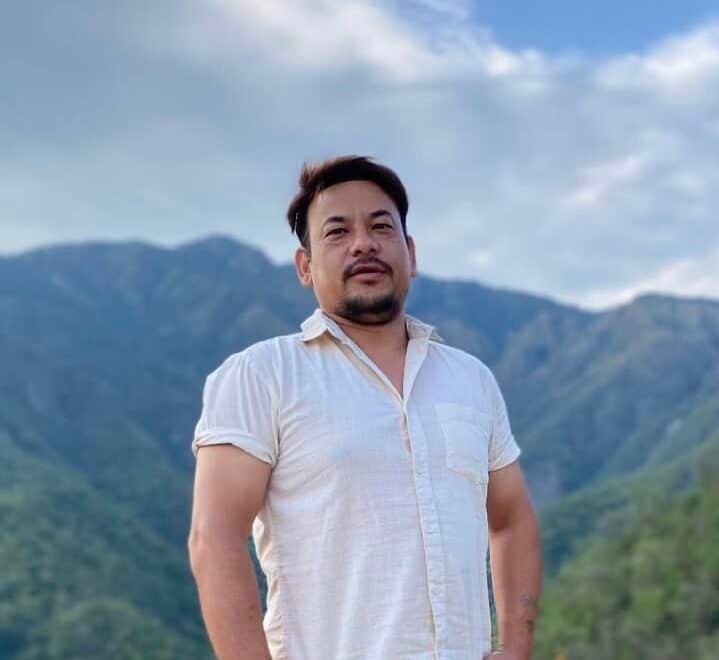
Nanda Rawat (Operation Manager)
Nanda Rawat holds a Master’s degree in Tourism and Hospitality and is a seasoned professional specializing in Adventure and Leisure Travel. As a travel specialist and consultant, his core mission has always been to deliver exceptional service by sharing the full breadth of his experience, ensuring client satisfaction on a global scale.
With over 16 years of experience, Nanda has worked with three well-established tourism companies, gaining deep insight into both inbound and domestic travel operations. He has contributed directly and indirectly to the Adventure Tour Operators Association of India (ATOAI) and has participated in multiple Immediate First Aid Training programs at the Indian Mountaineering Foundation (IMF).
In addition to his fieldwork, Nanda has shared his expertise through guest lectures in tourism and hospitality at various universities. He has independently led numerous expeditions across the Indian Himalayas and was actively involved in the rescue operations during the 2010 Ladakh flash floods.
In recognition of his outstanding coordination skills, he was honored with the Best Travel Coordinator Award by Joy James Educational Trust in 2012. A strong advocate of ethics, sustainability, and eco-tourism, Nanda takes great pride in being an integral part of Trekup India.
Write to him at: nanda@trekupindia.com
Share this article
Dates For Upcoming Treks
Want To Trek Like Pro?
Basically, watch these videos if you want to trek the same way professional trekkers do and make your skills better. These videos contain useful tips and techniques to further improve your trekking skills itself. These videos actually help both new and experienced trekkers improve their trekking skills. These videos definitely provide useful tips that make your trek better. We are seeing that these videos by Trekup India experts will only help you make your trekking skills better.
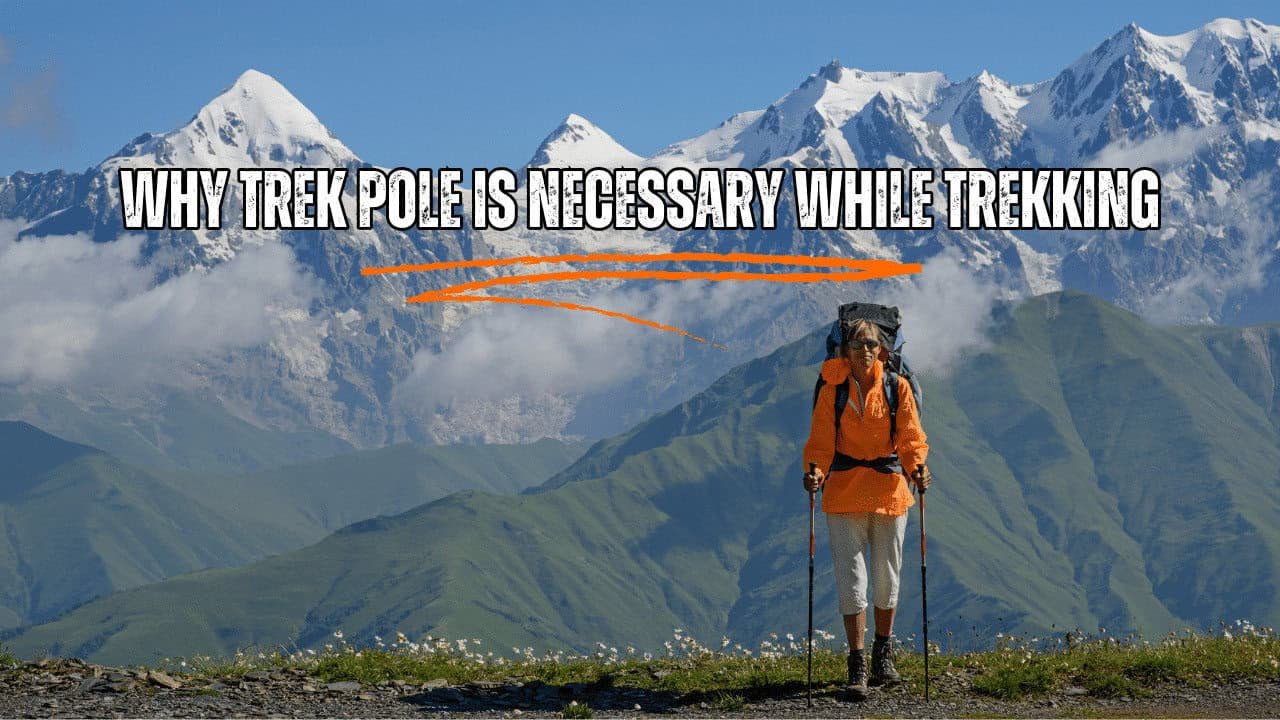
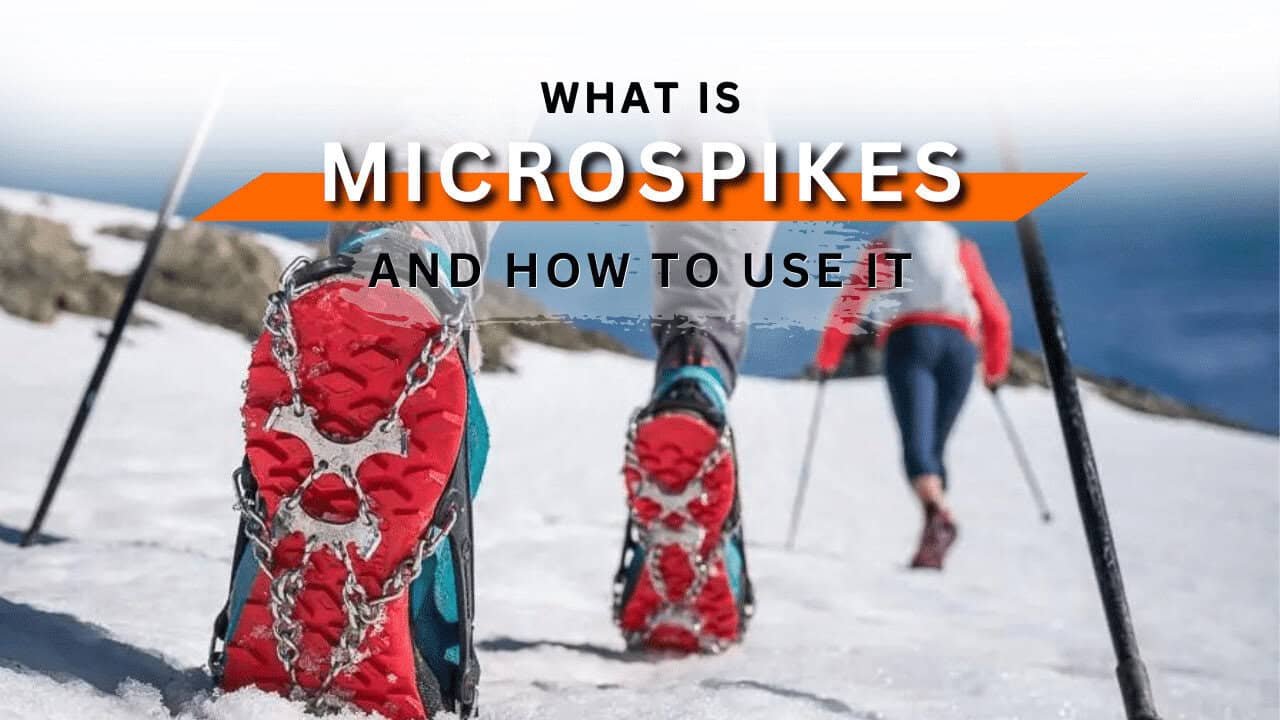

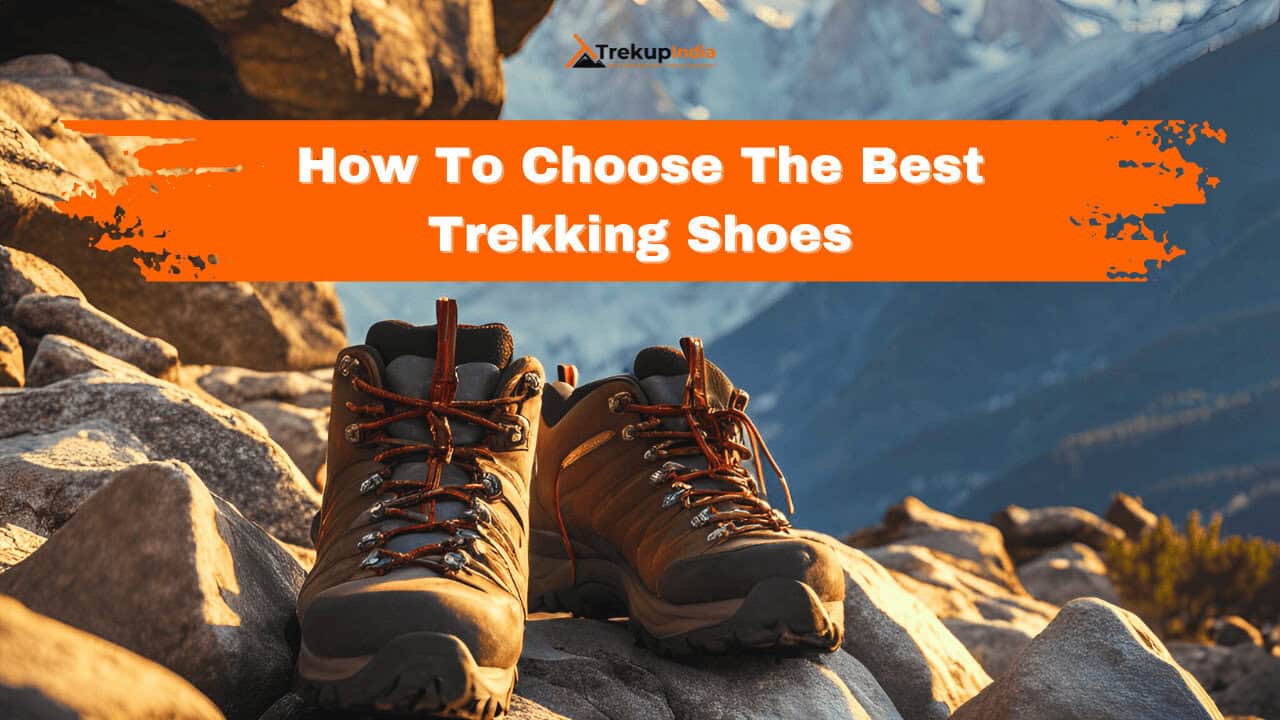

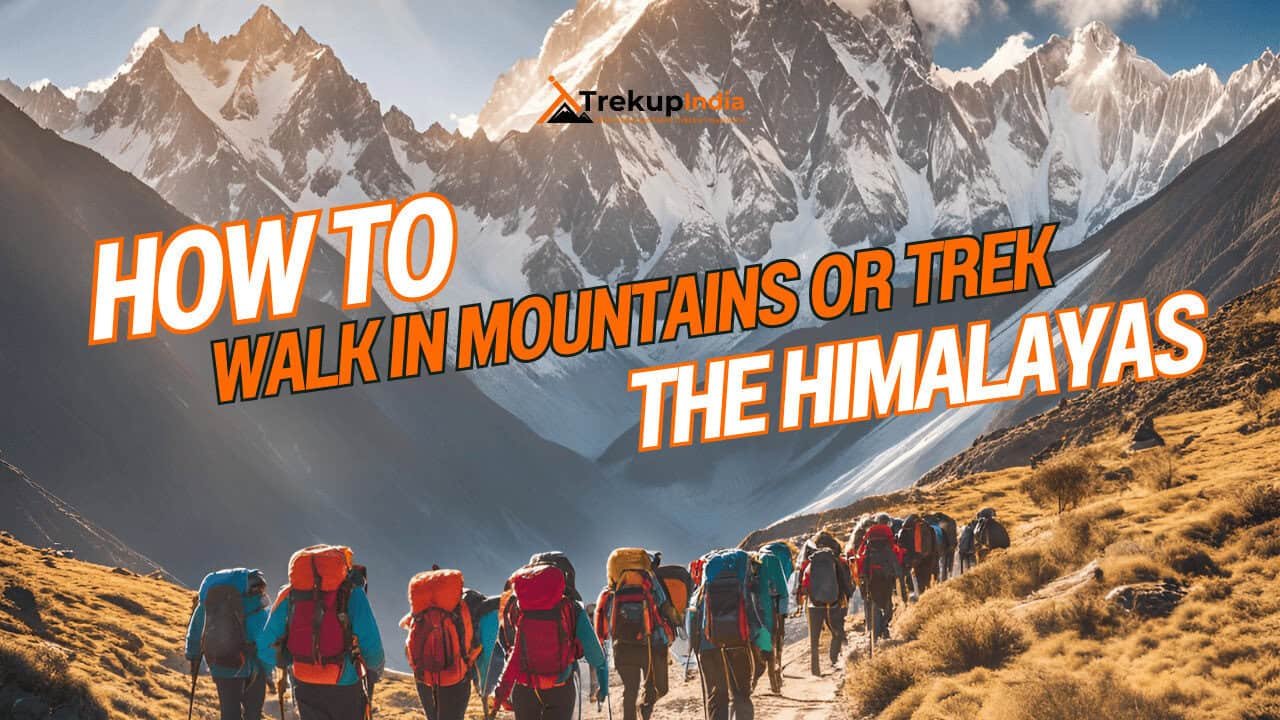

Know Everything About Acute Mountain Sickness
Acute Mountain Sickness occurs when people trek to high altitudes above 8,000 feet. This condition itself develops further due to reduced oxygen levels at such heights. Basically, as you go higher up, the air pressure and oxygen levels decrease, which causes the same problem. Acute Mountain Sickness surely causes headache, nausea, vomiting, and dizziness in affected persons. Moreover, peoples also experience difficulty in sleeping during this condition. To avoid mountain sickness, you should actually trek up slowly to higher altitudes. To learn further about this condition itself, watch the videos by Trekup India.
